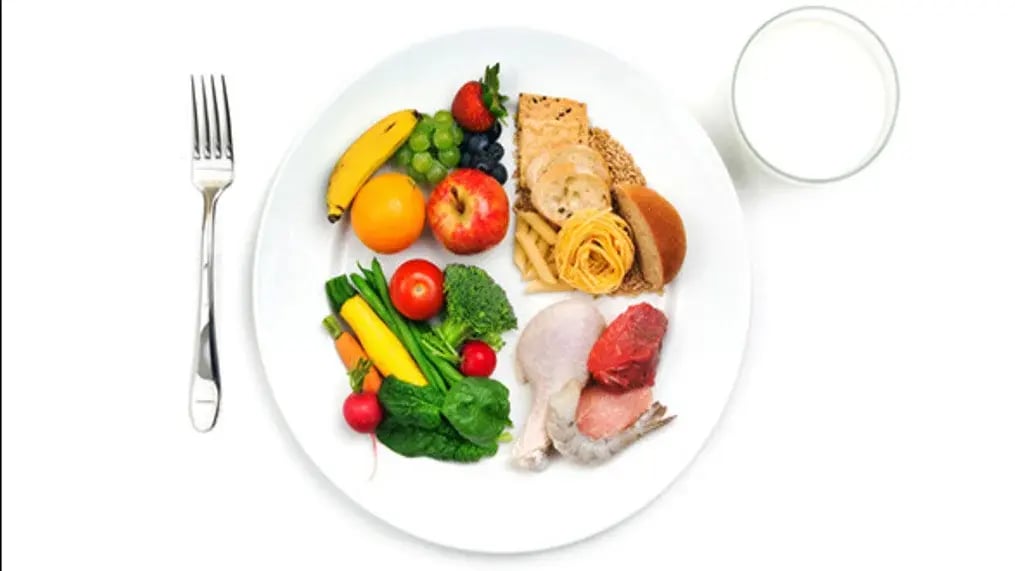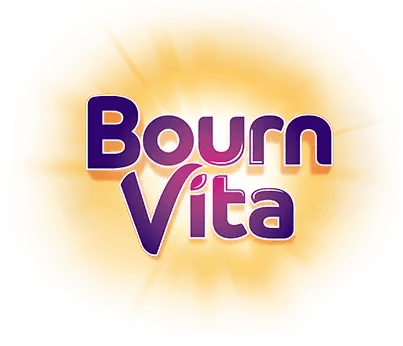- Aim For Nutrition
- Balance Food Groups
- Control Food Portions
Since your second graders have crossed the stages of learning the alphabet and forming words at school, learning the ABCs of nutrition should be no big deal for them. However, it will require some patience on your part, as parents, along with not taking shortcuts. In the 21st century, there is no dearth of tempting fast food at every corner.
And teaching your child self-control and the importance of homecooked food is no mean feat. But it is achievable if you employ the right methods. However, for that, you need to understand the nutritional requirements of your child first, to prepare a balanced diet for them.
What Is A Balanced Diet For Second Graders?
A balanced diet comprises adequate proportions of macro and micronutrients, along with sufficient dietary fiber and water intake, without exceeding the daily calorie requirements. But the calorie requirements of everybody are not the same, they vary depending on an individual’s weight, age, gender, and activity level. Still, general guidelines suggest that children between 6 to 8 years of age, aka second graders, require 60 to 65 kilo calories (kcal) per kilogram of body weight per day. Therefore, you must incorporate carbohydrates, proteins, and fats into your child’s diet accordingly, to not exceed the daily energy requirement. Once the calorie requirements of your child are clear, you can prepare a basic diet plan while maintaining the basic rules of healthy eating and teach your second graders in a fun and engaging manner. To teach your second grader the ABCs of Nutrition, here are a few simple ways to teach them about a balanced diet.
Simple Ways To Teach Second Graders What A Balanced Diet Is
The ABCs of a balanced diet are -
1. Aim For Nutrition

Nutrition should be the primary aim of a balanced diet, strength, energy, and vitality are natural by-products of a nutritious, balanced diet. When choosing foods for your kids, look for meals that can be made tasty and to your second grader’s liking but are chockful of vitamins and minerals or can be made healthier, more nourishing. If your kid gets enough vitamins A, B6, C, D, E, and K, iron, calcium, and iodine in their diet, they will grow into healthy adolescents with strong bones, muscles, and healthy organ systems, with optimal levels of energy. Associate the vitamins and minerals with a different alphabet and a fun health benefit. Ask them to pick an alphabet for a vitamin, a mineral, a macronutrient, and a treat (fruits, dairy), out of a bowl of folded papers, and cook a meal together with ingredients containing them for a fun exercise.
2. Balance Food Groups

Balancing food groups in a diet is the crux of it. Macronutrients like carbohydrates and proteins, provide the same amount of energy per gram, while healthy fats provide as much as 9 kilocalories of energy per gram. So, it is essential to maintain an equivocal balance between whole grains and vegetable or animal protein in your second grader’s plate, while the other half of the plate belongs to fruits and vegetables. The number of veggies and fruits may increase, but not the quantity of carbs and proteins. This ensures your kid’s body has a low number of free radicals and bad cholesterol while being rich in antioxidants. Draw and color a chart together with your kid on the different macronutrients and the various healthy sources of it. Highlight the common and scientific names and play a memory game on it with your kid daily. The reward can be making a healthy version of their favorite fast food together at home.
3. Control Food Portions

Controlling food portions is crucial. Since adults eat far more than children, being the possessors of larger stomachs and appetites, their judgment of satiation and appetite does not apply to children. Age-appropriate portions are essential for keeping lifestyle diseases like diabetes, obesity, and heart diseases at bay. Let your child choose how much they wish to eat, according to their hunger, without letting them overindulge. Also, make it strictly clear that if they take a serving on their plate by choice, they must finish it. This will teach them not to take more food than they can eat and waste it, while also teaching them independence and self-control. If your child is involved in the cooking process for at least a small duration daily, they will be far likelier to give vegetables and other healthy foods a try. Teach them how to control food portions by practicing mindful eating and listening to their brain’s signal to stop eating, as that is a far more natural way of portion control than counting nutrients and calories.
Conclusion
The ABCs of nutrition are easy, but you need to incorporate them in your life as well, at least while you are teaching your second graders the merits of a balanced diet. Therefore, give these simple ways and alphabets of nutrition a try, your second graders might surprise you with their smartness and acceptance.
Kaushiki Gangully is a content writing specialist with a passion for children's nutrition, education, and well-being. With more than five years of writing experience and a science-based background, she provides nuanced insights to help families raise happy, healthy kids. Kaushiki believes in making learning and healthy eating fun, empowering parents with practical, easy advice.
The views expressed are that of the expert alone.
The information provided in this content is for informational purposes only and should not be considered a substitute for professional medical advice, diagnosis, or treatment. Always seek the advice of your physician or another qualified healthcare provider before making any significant changes to your diet, exercise, or medication routines.
















